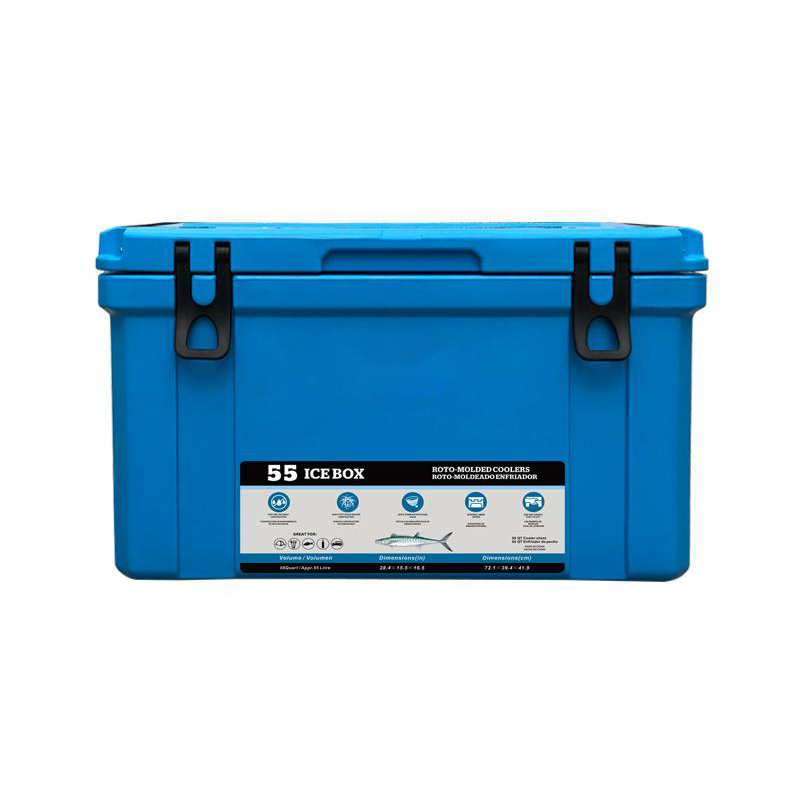How you build and maintain your growing space can affect your success. Here's what to avoid so you can boost your backyard bounty.
As a former BHG garden editor, Kelly Reilly has spent the past decade creating approachable, inspiring content for gardeners of all levels, with a special emphasis on those trying their hand at planting for the first time. Whether it's a deep-dive into a complex topic, a helpful how-to, or a roundup of the best plants hitting the market this year, Kelly writes articles that empower readers to turn their gardening and outdoor ideas into I-did-its. Tools & Hardware

Planning a raised bed garden always starts with so much promise. These elevated growing spaces offer several benefits over in-ground gardens, such as easier accessibility, more control over soil composition, improved drainage, and warmer soil temperatures that allow for earlier planting and faster growing. So you eagerly conceive of plans for how to plant a raised bed garden filled with fresh veggies your children will eat right from the vine, plus bold blooms you can snip for your vases. But in your enthusiasm, it's easy to make a few common raised bed mistakes that can derail your efforts. Here's what to avoid doing so you can garden smarter, not harder.
Your raised bed should receive at least six hours of direct sun each day. If you're siting your location in early spring, consider what surrounding trees will look like come summer and where their shade will fall. Pick somewhere relatively flat, but avoid low-lying areas such as the bottom of a hill where rainwater collects. Putting raised beds against a fence or wall means you won't be able to access all four sides easily.
The back of your yard may be a logical place to put your raised bed, but not if you have to lug buckets of water to tend to them. Make sure it's close enough to an outdoor faucet that a garden hose can reach. In addition, you may want to consider installing a drip irrigation system to keep your bed consistently watered with minimal waste.
While creating a large plot is tempting, it's crucial to keep logistics in mind when planning how to plant a raised bed garden. Your plot should be narrow enough to reach halfway across it to plant, weed, water, and harvest in the middle. Three to five feet wide, the size of most premade kits, is ideal for most people. Avoid making it too long; you don't want to become frustrated walking in giant circles around your plot. If you have the space and desire, you may be better off creating multiple smaller raised beds.
If you're planning on building a DIY raised bed, durable, long-lasting pressure-treated lumber may seem like a solid material to use, but many gardeners prefer to avoid it because of the risk of harmful chemicals leaching into the soil (the same goes for old tires). On the other hand, you'll also want to avoid using wood prone to decay or already showing signs of wear, such as from a pallet, or you may have to rebuild in a year. So instead, opt for cedar, oak, redwood, stones, and bricks, which make excellent, long-lasting, chemical-free choices.
The bag says garden soil, so it must be suitable for every type of garden, right? Not so fast. Garden soil is intended to be mixed with existing in-ground topsoil to help improve its texture and nutrient composition. When used in raised beds, it can become compacted and inhibit drainage. Make sure you use bagged soil specifically designed for raised beds, which also has the advantage of being sterilized to kill any weed seeds, insects, or diseases.
When planting within the confines of a raised bed, consider the scale and mature size of what you want to plant to ensure you have enough room for some variety. For example, a single zucchini plant would take up an entire two-foot square plot. If you're tight on space, plant smaller vegetables, opt for dwarf varieties, and practice succession planting.
Even though your garden is off the ground, it's still prone to weeds. Make sure to add a layer of mulch to help keep weeds at bay. The mulch also will help retain moisture around your plants' roots, so you won't have to water as often. Plus, your produce will be cleaner because mulch prevents rain from splashing soil onto your plants.
While a raised bed may be enough to keep rabbits away, you've likely just put your precious produce at eye level for a hungry deer. The best way to deter deer is to install fencing you can easily reach over or remove to tend to your garden. You can also sprinkle an odor-based repellent on the soil, but it must be reapplied regularly.

Camping Gas Lamp By clicking “Accept All Cookies”, you agree to the storing of cookies on your device to enhance site navigation, analyze site usage, and assist in our marketing efforts.